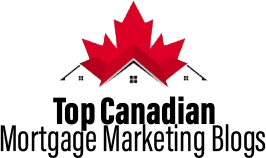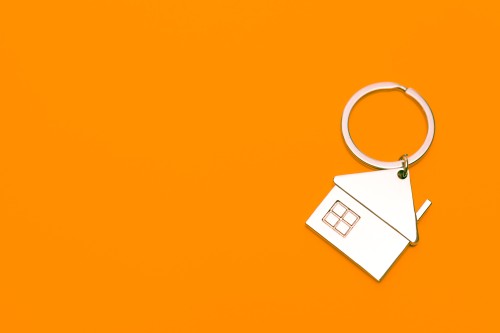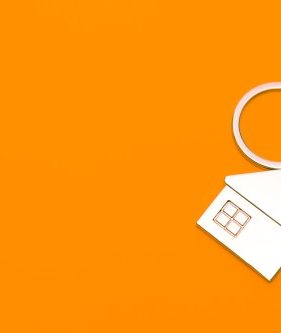Mortgage insurance is an important part of the home-buying process in Canada, but it can be confusing to understand. It’s important to know the different types of mortgage insurance, how it works, and when it’s necessary.
The first type of mortgage insurance is known as default insurance. This type of insurance is required by lenders when a borrower puts down less than 20% of the purchase price of a home. The insurance protects the lender in the event of a default on the loan. The cost of this type of insurance is usually added to the mortgage loan, and the borrower is responsible for paying it back over the life of the loan.
The second type of mortgage insurance is known as high-ratio insurance. This type of insurance is required when the down payment is less than 20% of the purchase price of the home. This type of insurance is provided by the Canada Mortgage and Housing Corporation (CMHC) and is also paid for by the borrower, who is responsible for repaying the cost over the life of the loan.
The third type of mortgage insurance is known as portfolio insurance. This type of insurance is not required by lenders, but it can be used to protect a lender in the event of a borrower defaulting on their loan. It is usually used for high-risk borrowers, such as those with bad credit or who are self-employed.
When it comes to mortgage insurance, it’s important to understand the different types of insurance, what they protect, and when they’re required. Understanding mortgage insurance can help you make an informed decision when it comes to buying a home and getting the best deal possible.


